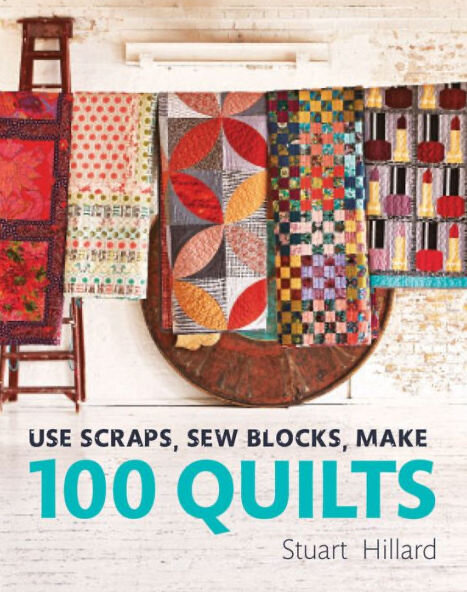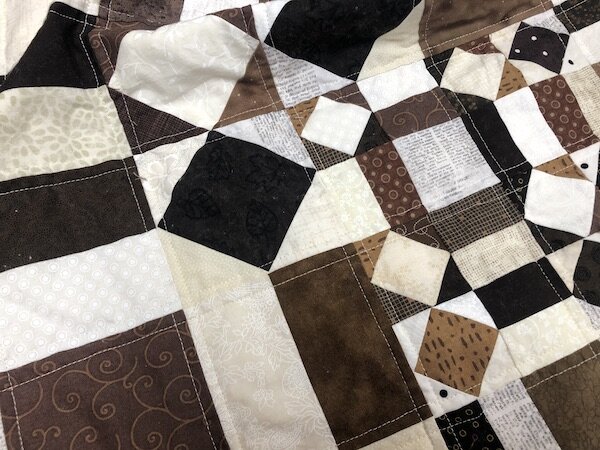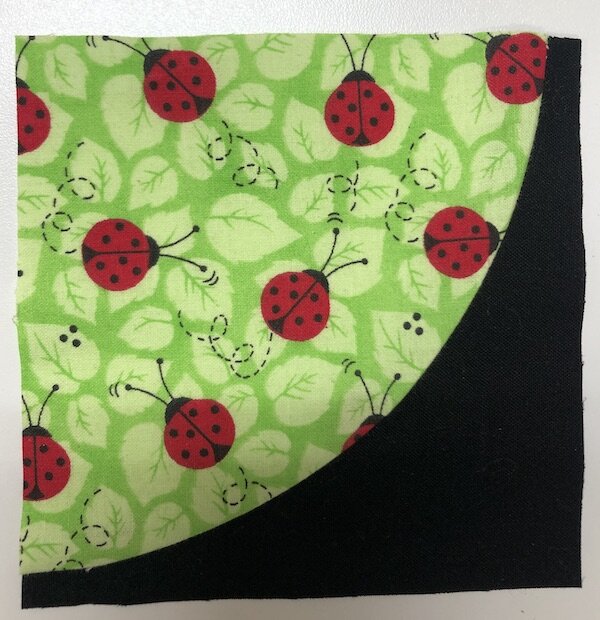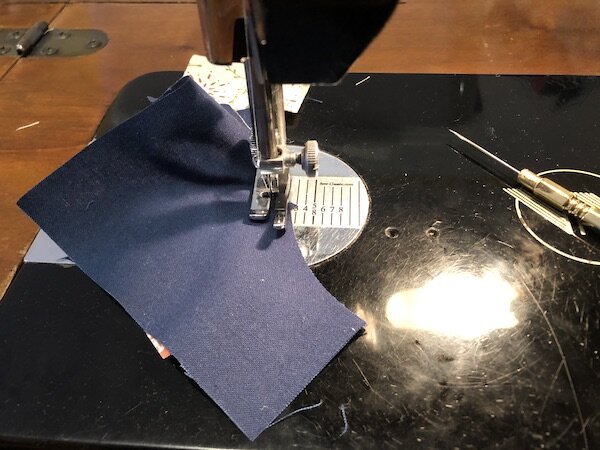Creative Procrastination
As a general rule, I do not procrastinate. The anxiety I feel when facing a difficult task does not even come close to the level of anxiety I feel if I put it off. It is far better for my psyche just to suck it up and do it.
I’ve got two quilt tops to quilt. They are all basted and ready to go. I enjoy machine quilting, but I have not started either one because I have no idea how I’m going to quilt them. Should I do an allover free motion pattern? Rulerwork? A combination? I am paralyzed with indecision.
I tell myself that the answer will come to me eventually, and that I should do something else in the meantime. The “something else” I did yesterday was procrasti-quilting—or, more accurately, “procrasti-designing.” Is anyone else craving flowers? I want to make something floral-y, so I did what any normal person would do and went stash diving.
I have all my fabric sorted broadly by color, with a few extra bins for specifics. I have one bin with multi-color floral/geometric fabric and another for polka-dots. Edyta Sitar talks a lot about her “rule of five,” where she chooses a large print, a medium print, a small print, a polka dot, and a stripe as the basis of a quilt. That works great if you have an entire coordinating fabric line at your disposal, but I like to work from my stash. And I am not much for stripes as I find them kind of fussy.
Cavorting around the stash was fun, but now I’ve got another half-dozen ideas for designs. I pulled this fabric combo:
I don’t know what it is about me and acid green. I adore that color. Purple, on the other hand . . . my bin of purple fabrics is about half the size of my other bins. I like this combination, but I think it does need a polka dot to liven things up a bit, and maybe a tiny lavender floral . . . or a hint of yellow?
I pulled a few other combos, too, but I’m going to let them marinate for a while. It isn’t always about actually making a quilt from these fabric pulls. Sometimes it’s just the creative process of exploring possibilities.
I also went ahead with the next few steps on the Sandhill Sling:
This is actually a better representation of the color of the waxed canvas. The piece on the left is the zipper gusset, which is now one large loop that will get sewn around the front and back pieces. The piece on the right is the back of the sling; it needs to have the strap connector and the D-ring basted to it. I may wait on further steps until the next video comes out, because I haven’t decided if I want to sew the lining in by hand or by machine. The steps are different for each method. I usually sew my linings in by machine, but I am not opposed to hand sewing this one. My industrial Necchi is a flatbed only. It doesn’t have a free arm, so sewing the lining in by machine might be tricky. (Anna does recommend a free arm for that step.) My Janome is set down in a table, too, so I’d have to lift it out to access the free arm.
I got out the supplies for the Slabtown Backpack and put them in a bin:
I went ahead and bought the hardware kit for this pattern as I didn’t want to have to try to source everything individually. I added the option of the green felt padding for the leather straps to match the green of the backpack. (There is that green again. . . )
I also got a round of edits back on the Cobbles pattern, with some excellent suggestions for both that pattern and quilt pattern presentation overall. I’ll work on incorporating those in the next couple of days.











































